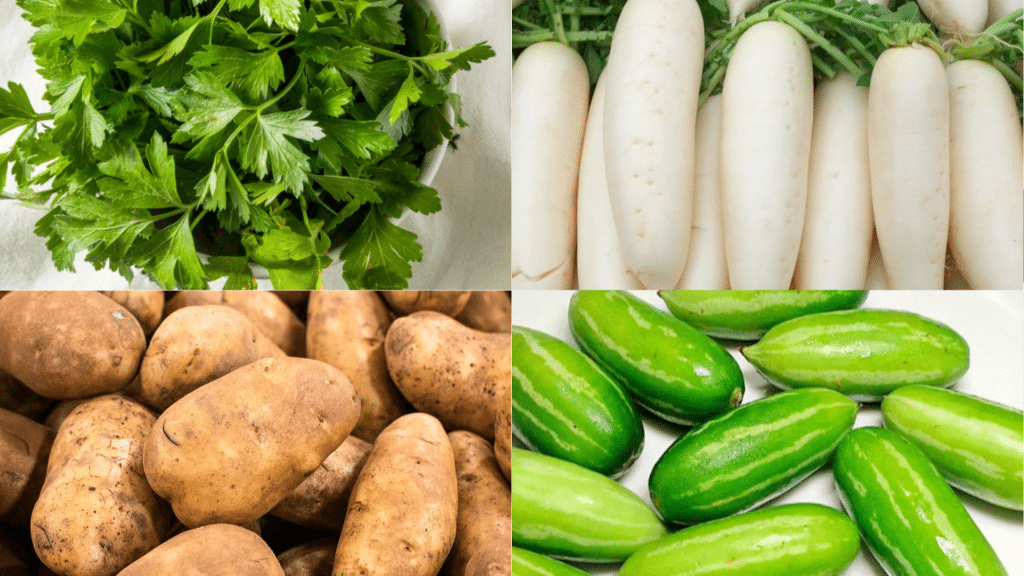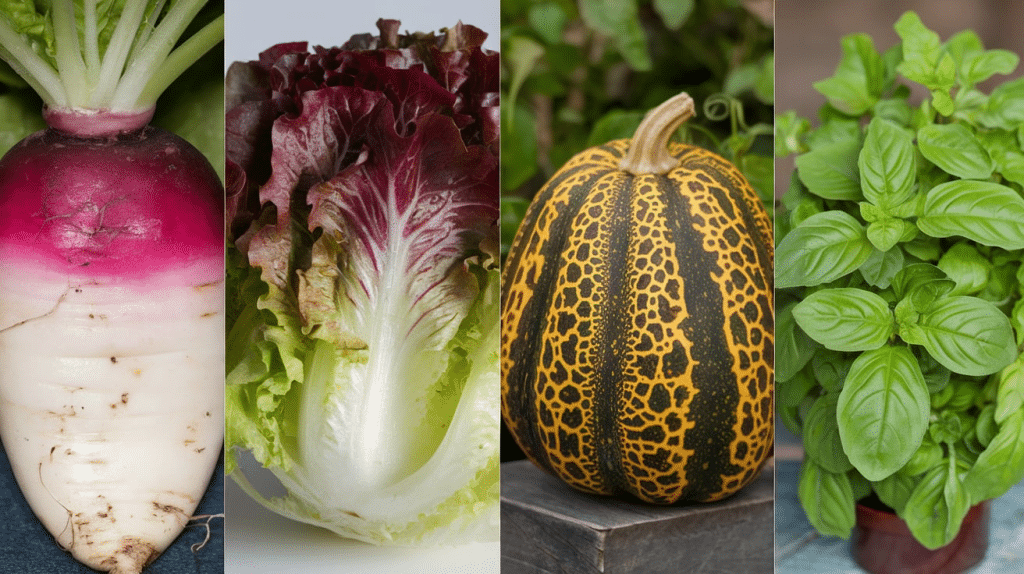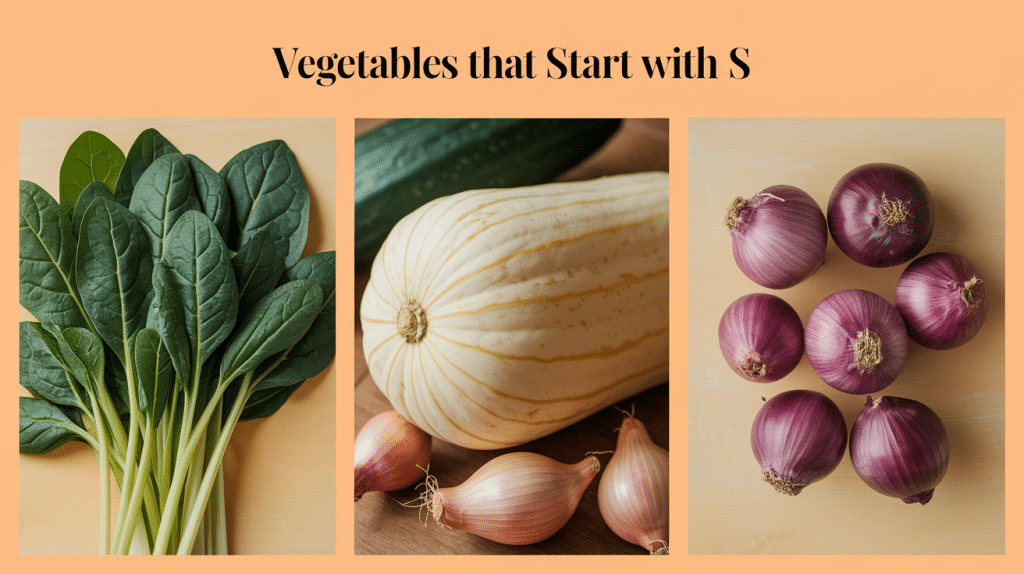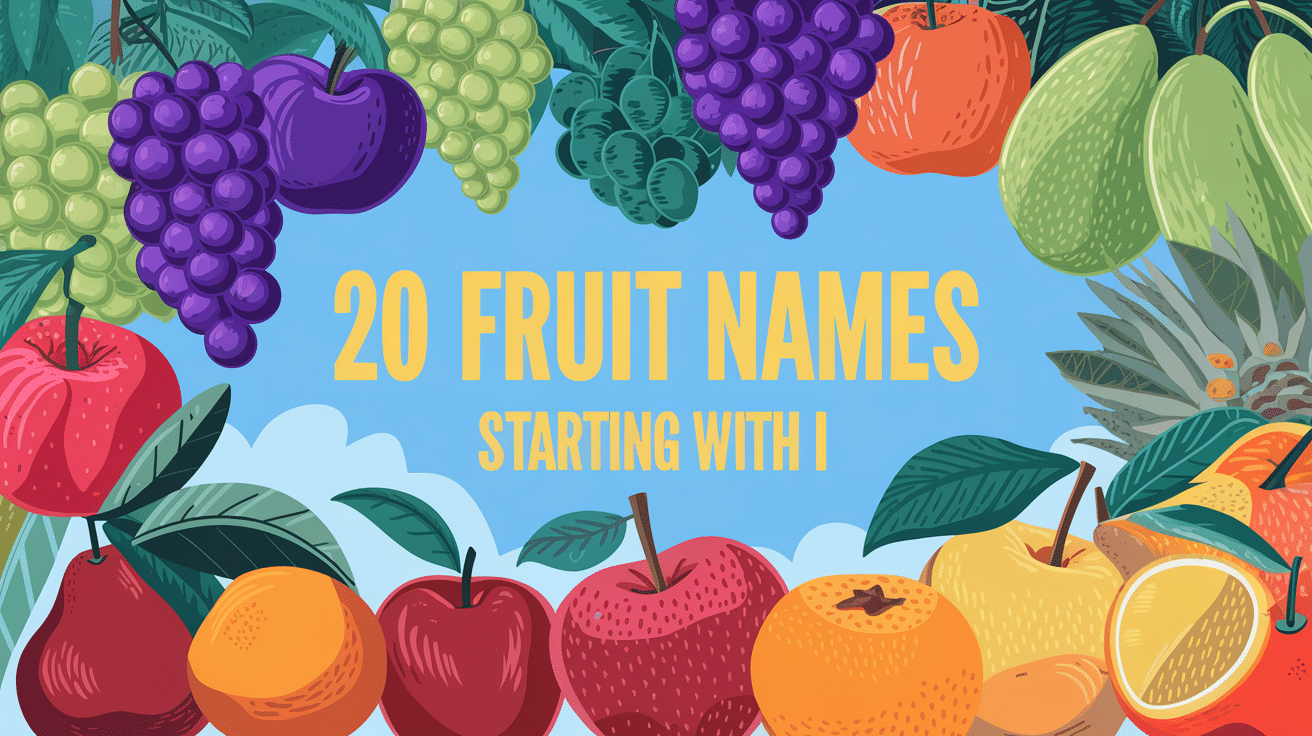Now Reading: 27 Fruit Name Start With N: A Complete List
-
01
27 Fruit Name Start With N: A Complete List

27 Fruit Name Start With N: A Complete List
Standing in the produce aisle, most of us can spot common fruits in seconds.
But when someone asks you to name fruits that start with ‘N’, you might find yourself stuck after “nectarine.”
It’s a common situation – after all, how many N-fruits do you see in your local grocery store?
Here’s the good news: 27 different fruits start with the letter N, and many of them might be sitting in grocery stores or markets near you. You just haven’t noticed them yet.
In this article, we’ll walk you through all 27 fruits that begin with N.
We’ve covered everything from the ones you can easily find at your local store to some interesting options you might want to try on your next food adventure.
Most Unique N-Starting Fruits
1. Nance
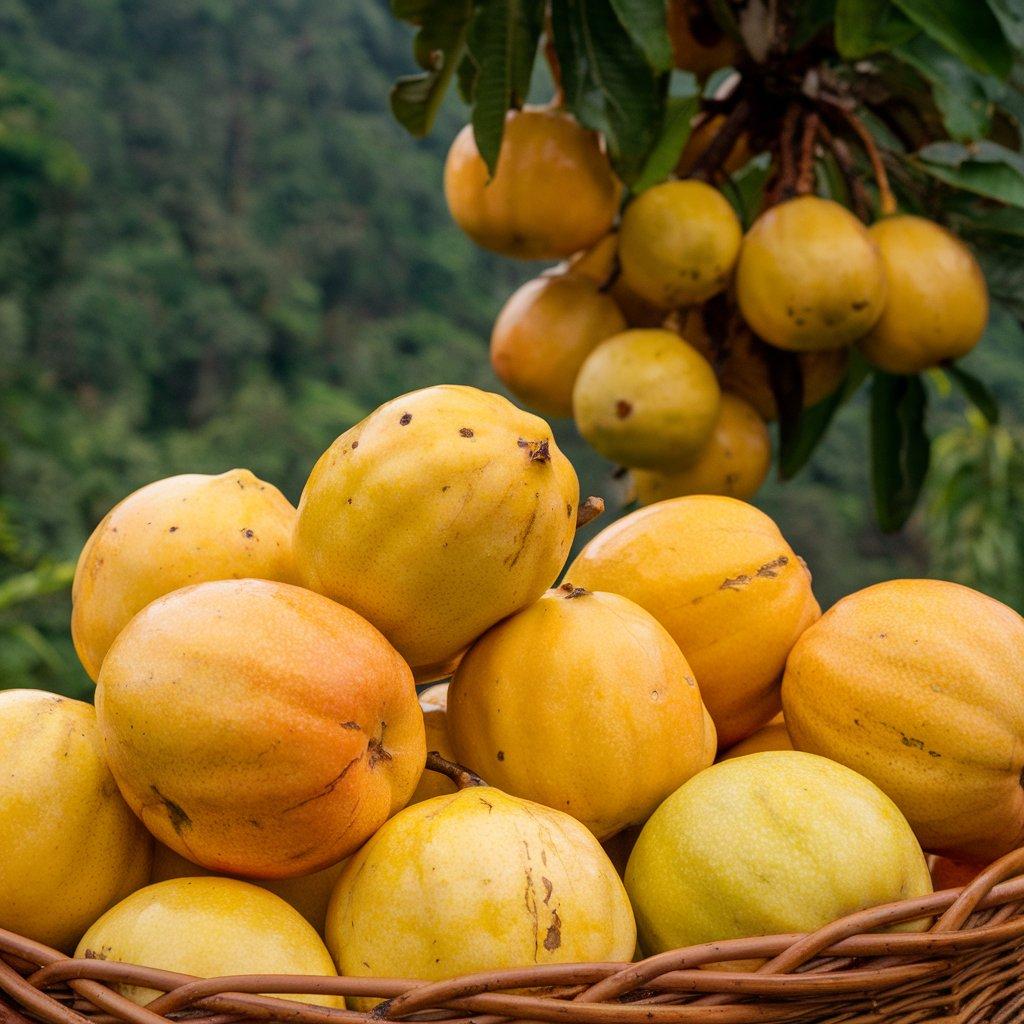
- Description: A small yellow-orange fruit commonly used in tropical desserts and beverages for its vibrant color and unique aroma.
- Flavor Profile: Sweet with a hint of bitterness; slightly acidic and musky.
- Origin: Native to tropical regions of Central and South America.
2. Nartije
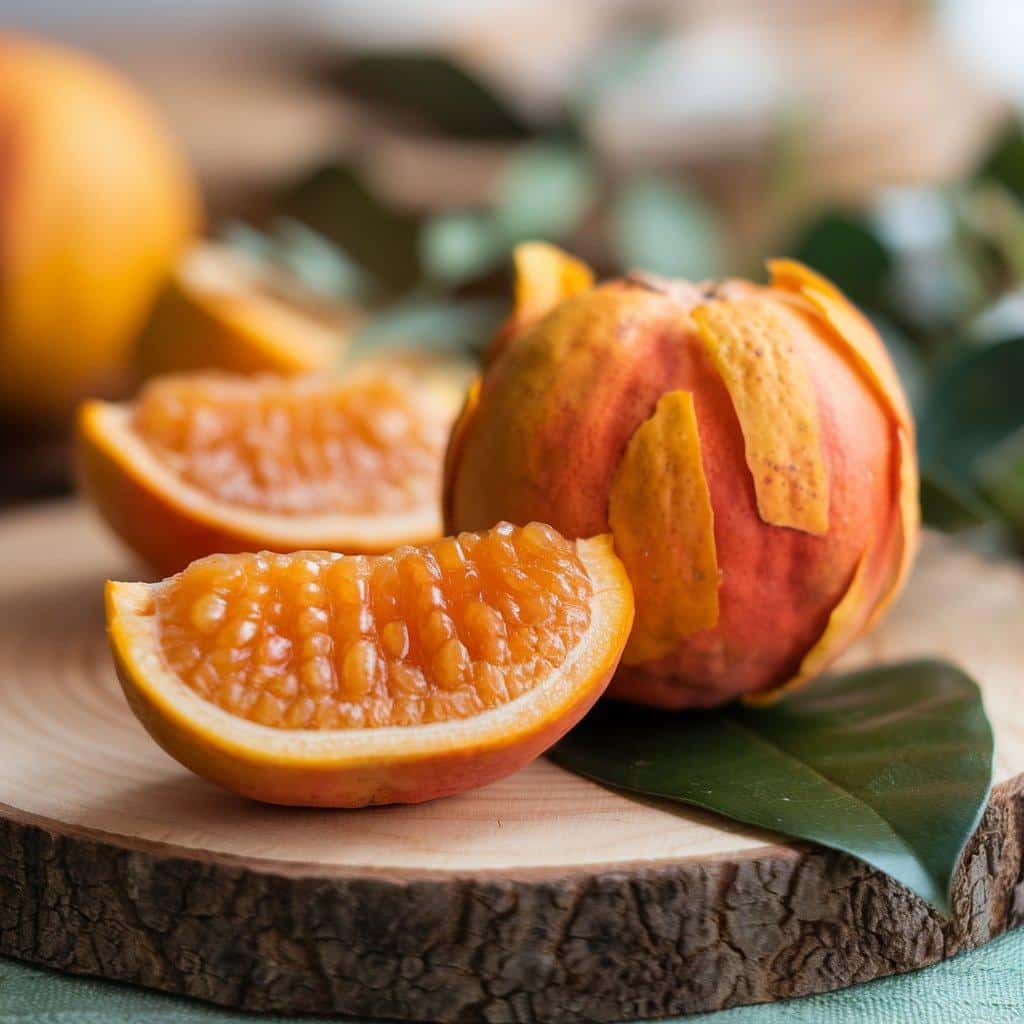
- Description: A soft, easy-to-peel citrus fruit, popular for snacking and juicing due to its natural sweetness.
- Flavor Profile: Sweet and tangy, similar to a mandarin orange but slightly milder.
- Origin: South Africa.
3. Naranjilla
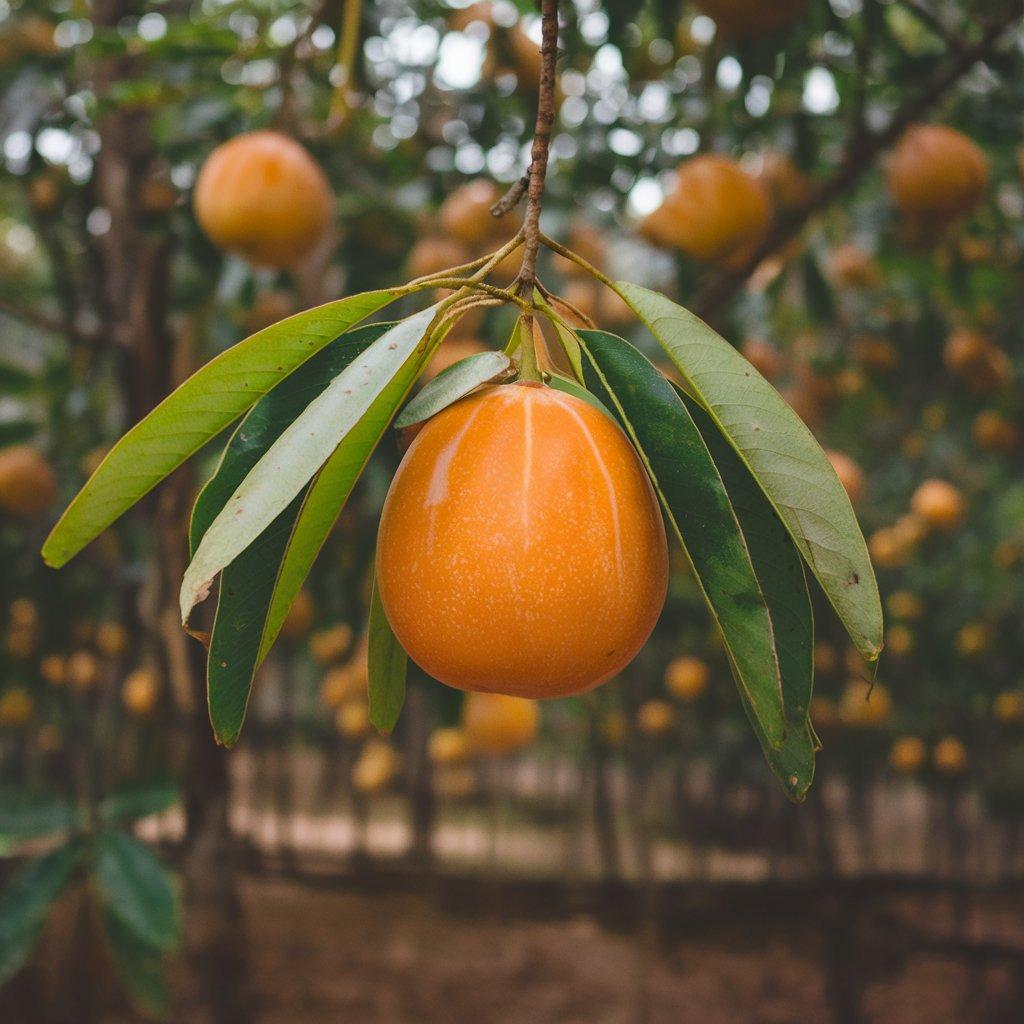
- Description: A vibrant orange fruit often used in tropical beverages, appreciated for its refreshing qualities.
- Flavor Profile: Tart and citrusy with a hint of pineapple and lemon.
- Origin: Andes region in South America, primarily Ecuador and Colombia.
4. Nashi Pear
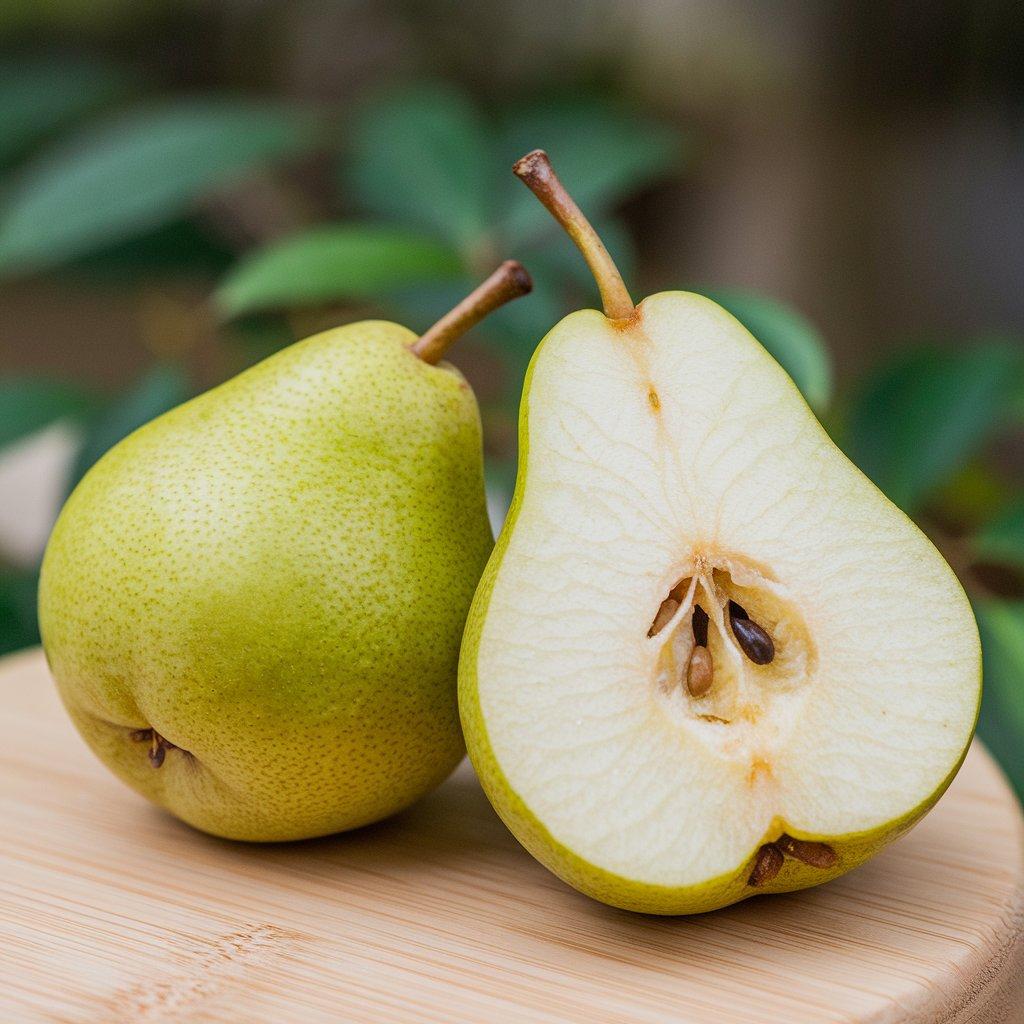
- Description: An Asian pear renowned for its crisp texture and juiciness, often enjoyed raw or in light salads.
- Flavor Profile: Crisp, juicy, and mildly sweet with a subtle floral note.
- Origin: East Asia, particularly China and Japan.
5. Neem Fruit
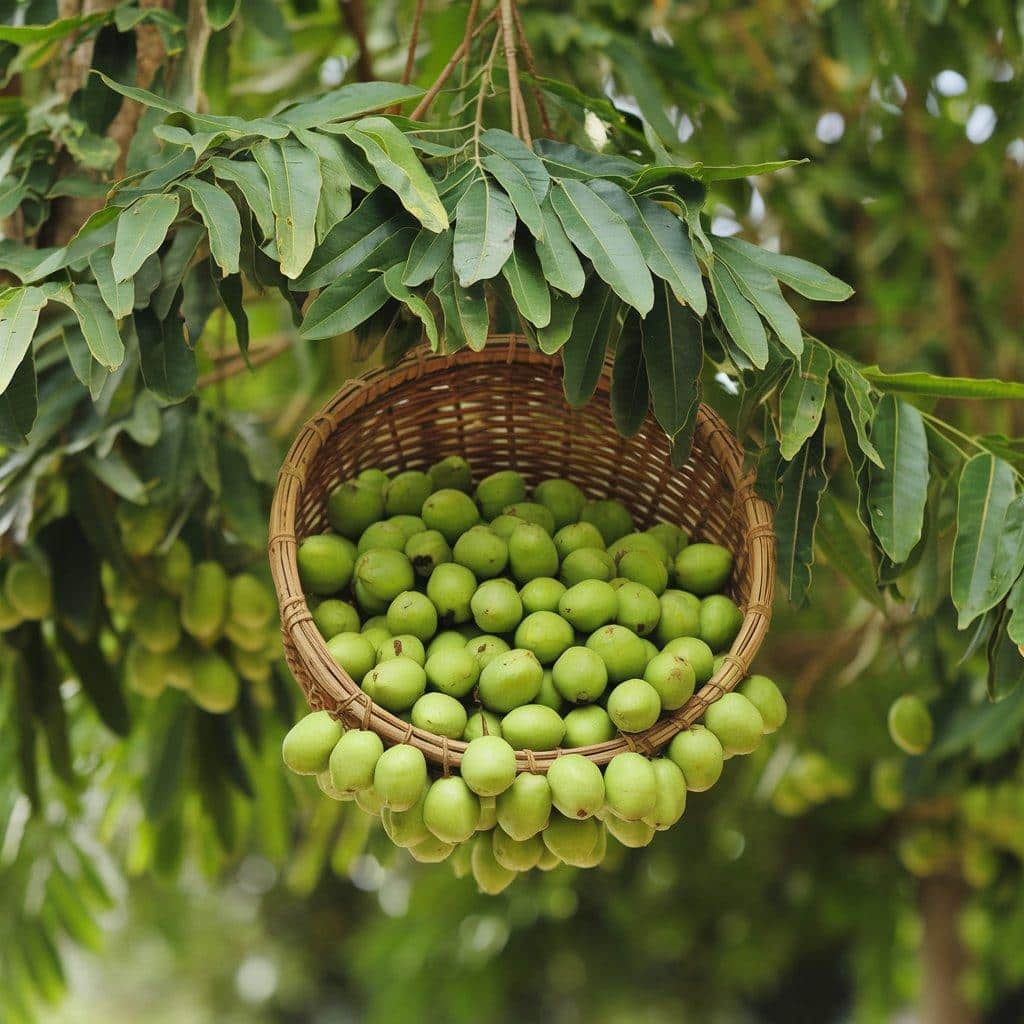
- Description: A small, green-yellow fruit valued in traditional remedies for its health benefits and detoxifying properties.
- Flavor Profile: Extremely bitter with medicinal undertones.
- Origin: Indian subcontinent.
6. Nagami Kumquat
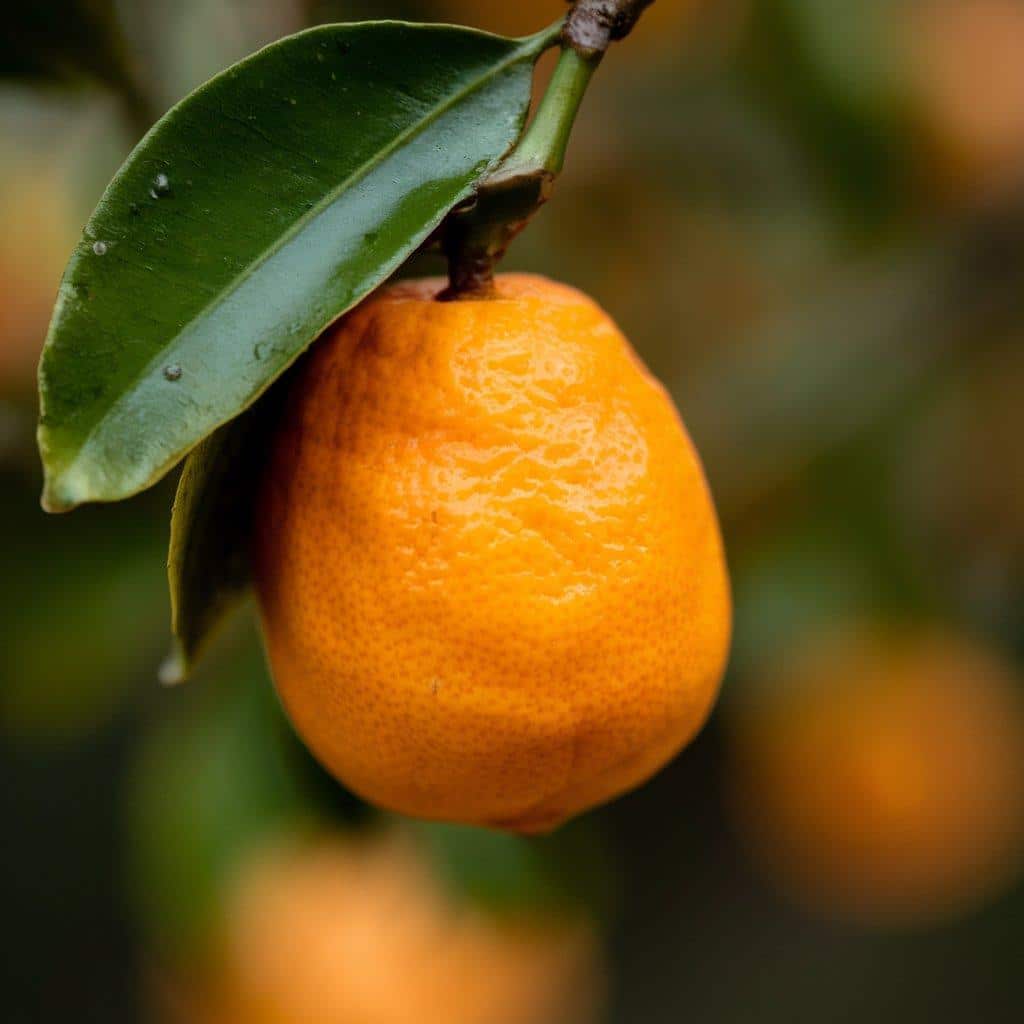
- Description: A small oval citrus fruit with an edible peel, often eaten fresh or candied.
- Flavor Profile: Tart skin with a sweet interior; a unique sweet-tart balance.
- Origin: China.
7. Nipa Palm Fruit
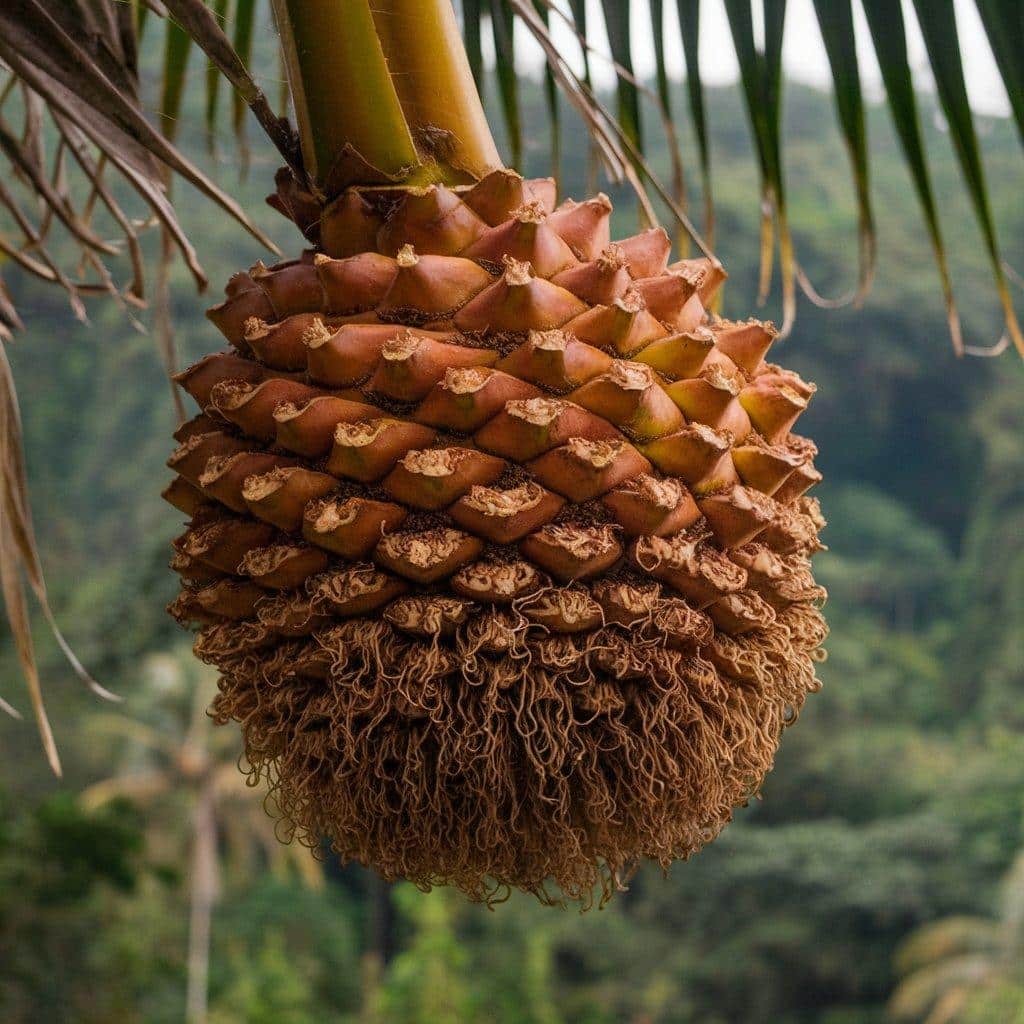
- Description: A translucent, jelly-like fruit from coastal regions, commonly used in tropical desserts.
- Flavor Profile: Mildly sweet and jelly-like.
- Origin: Southeast Asia, particularly the Philippines and Indonesia.
8. Nonda Plum
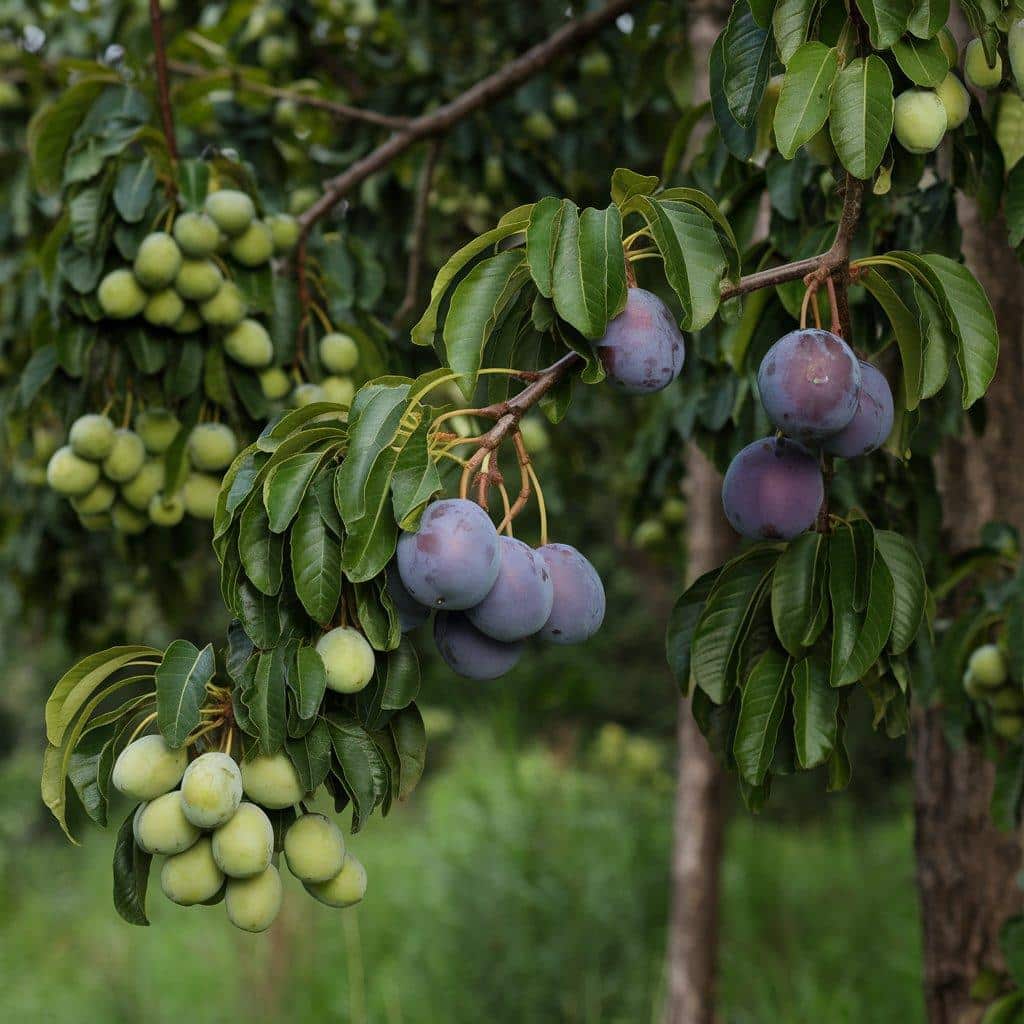
- Description: A wild fruit often found in bushlands, traditionally consumed by indigenous communities.
- Flavor Profile: Tart and slightly sweet when ripe.
- Origin: Northern Australia and Papua New Guinea.
9. Natal Plum

- Description: A deep red fruit frequently used in jams and jellies for its natural sweetness.
- Flavor Profile: Sweet with a hint of cranberry-like tartness.
- Origin: Southern Africa.
10. Northern Spy Apple
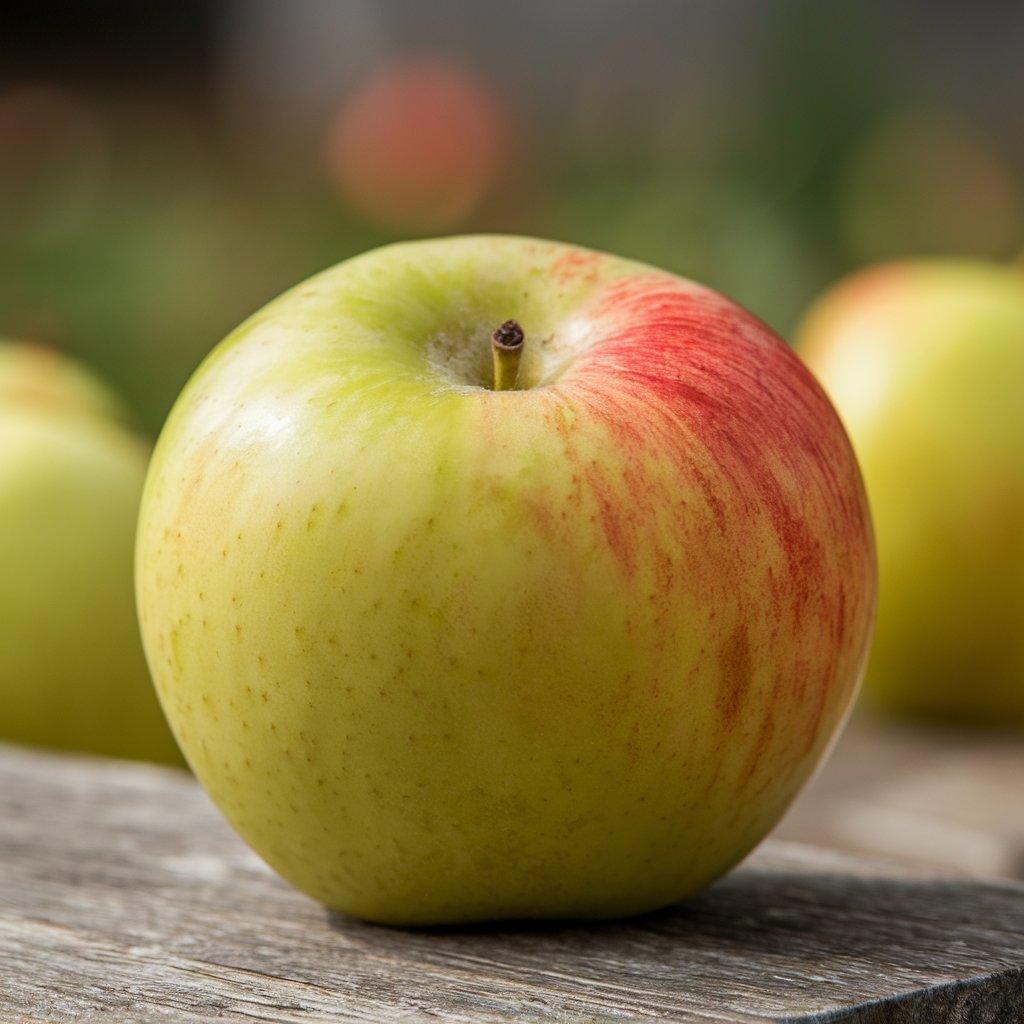
- Description: A late-season apple variety prized for baking and cider-making.
- Flavor Profile: Crisp and juicy with a sweet-tart balance.
- Origin: Northeastern United States, particularly New York.
11. Noni
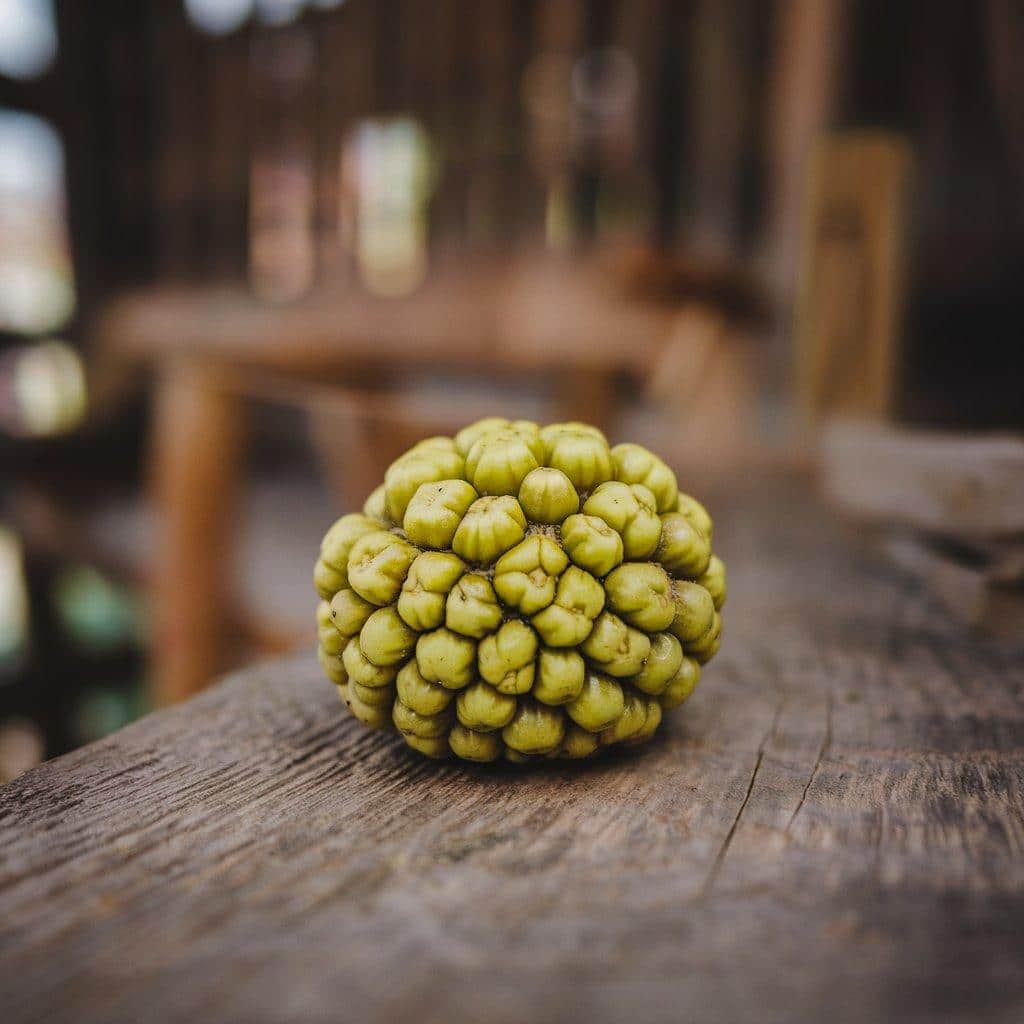
- Description: A tropical fruit used primarily for its medicinal properties in traditional remedies.
- Flavor Profile: Strong, pungent, and tangy with an earthy undertone.
- Origin: Southeast Asia and the Pacific Islands.
12. Nageia Fruit

- Description: A rare tropical fruit often foraged in rainforests, known for its subtle flavor.
- Flavor Profile: Sweet and mildly nutty.
- Origin: Southeast Asia, particularly Malaysia and Indonesia.
13. Native Cherry
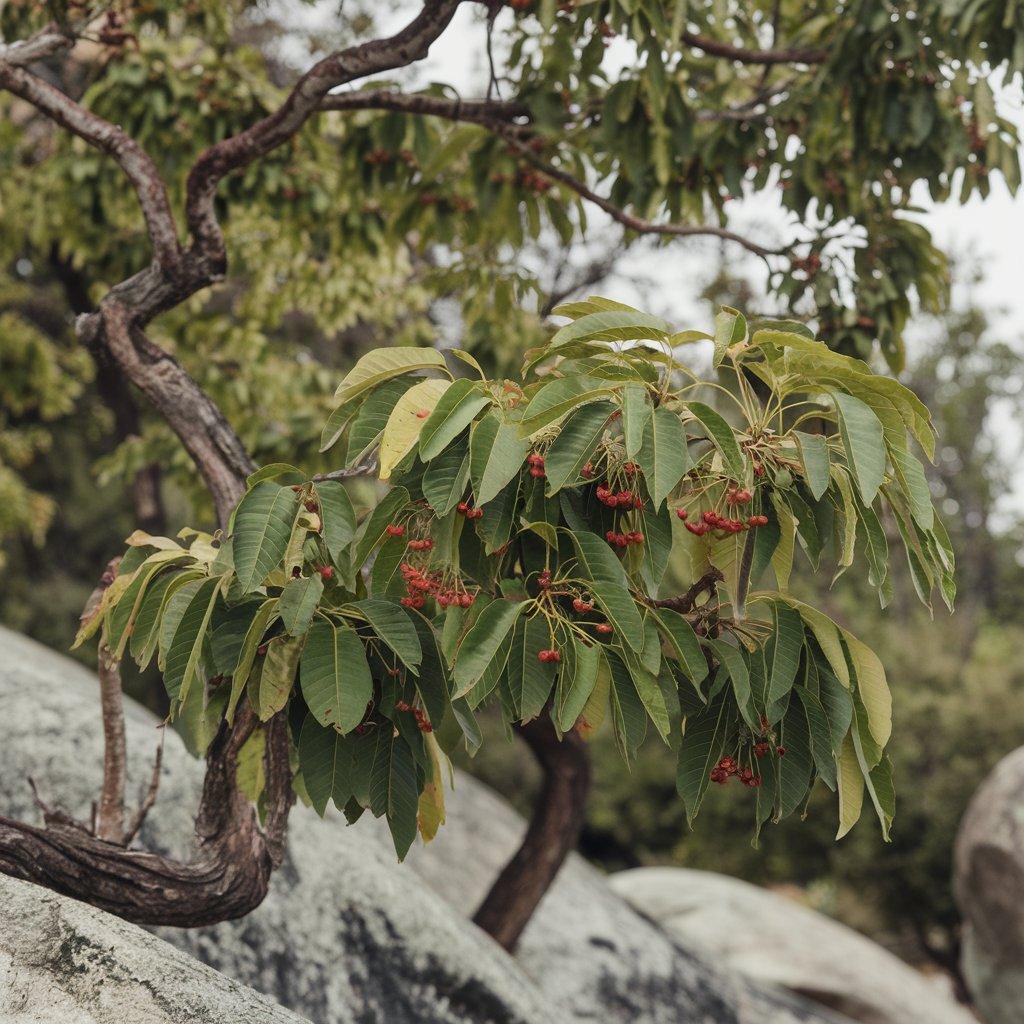
- Description: A small fruit from native shrubs, commonly used in local jams and sauces.
- Flavor Profile: Tart and slightly sweet.
- Origin: Australia.
14. New Zealand Lemon

- Description: A unique citrus variety often used for its zest in cooking and baking.
- Flavor Profile: Intensely tart and citrusy with a hint of sweetness.
- Origin: New Zealand.
15. Nectarine
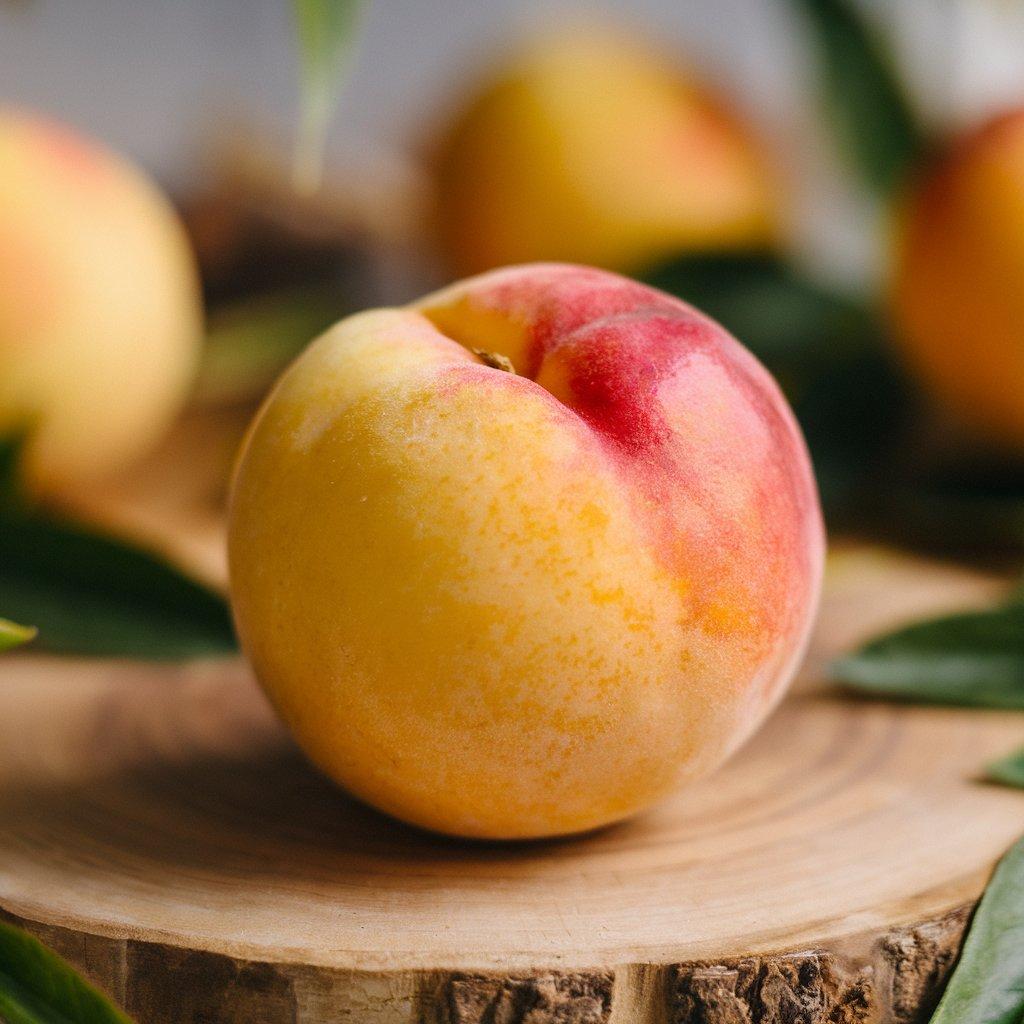
- Description: A smooth-skinned, juicy stone fruit that resembles a peach, known for its sweet and slightly tangy flavor.
- Flavor Profile: Sweet with a mild tartness, featuring a rich, juicy flesh.
- Origin: Believed to have originated in China and later spread to Persia, Greece, and Rome.
16. Native Currant
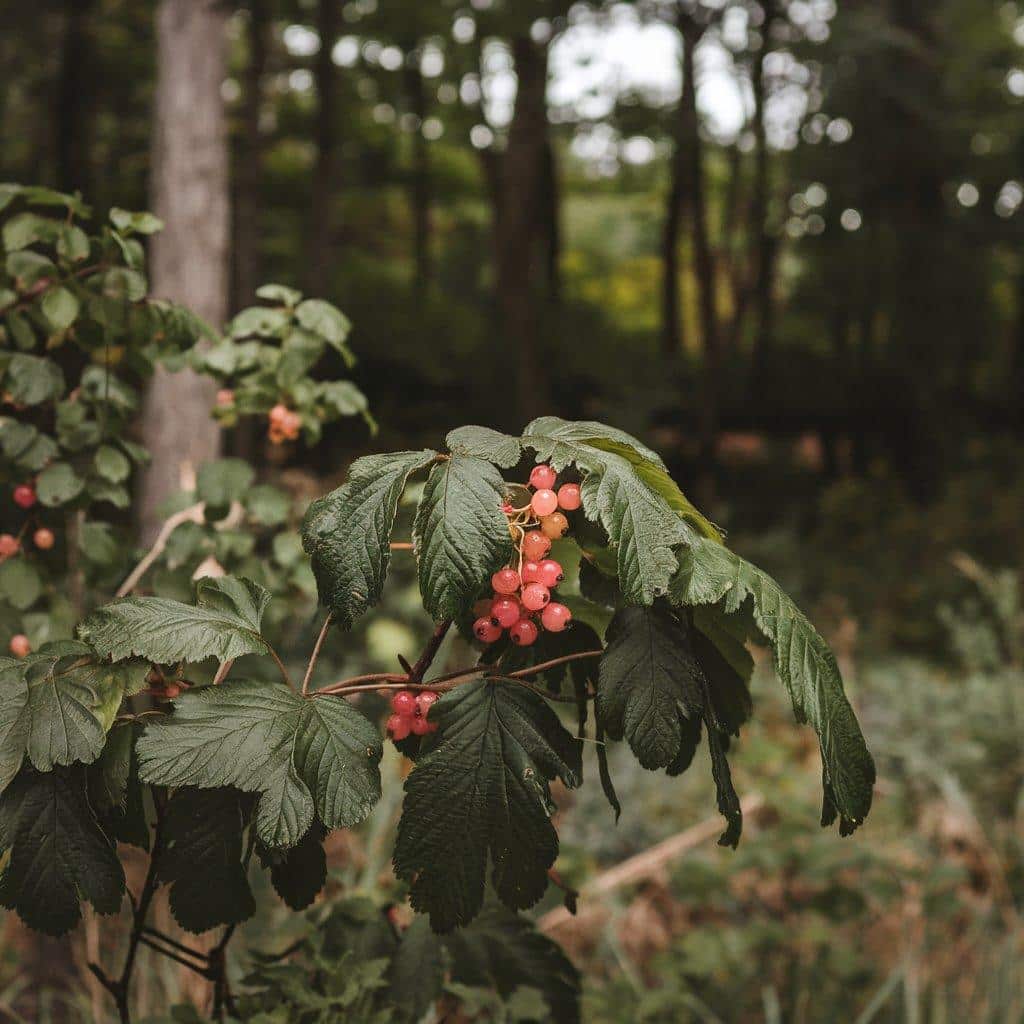
- Description: Small berries used in jams and sauces, rich in tangy flavor.
- Flavor Profile: Tart and slightly earthy.
- Origin: Australia.
17. Norfolk Island Pine Nut
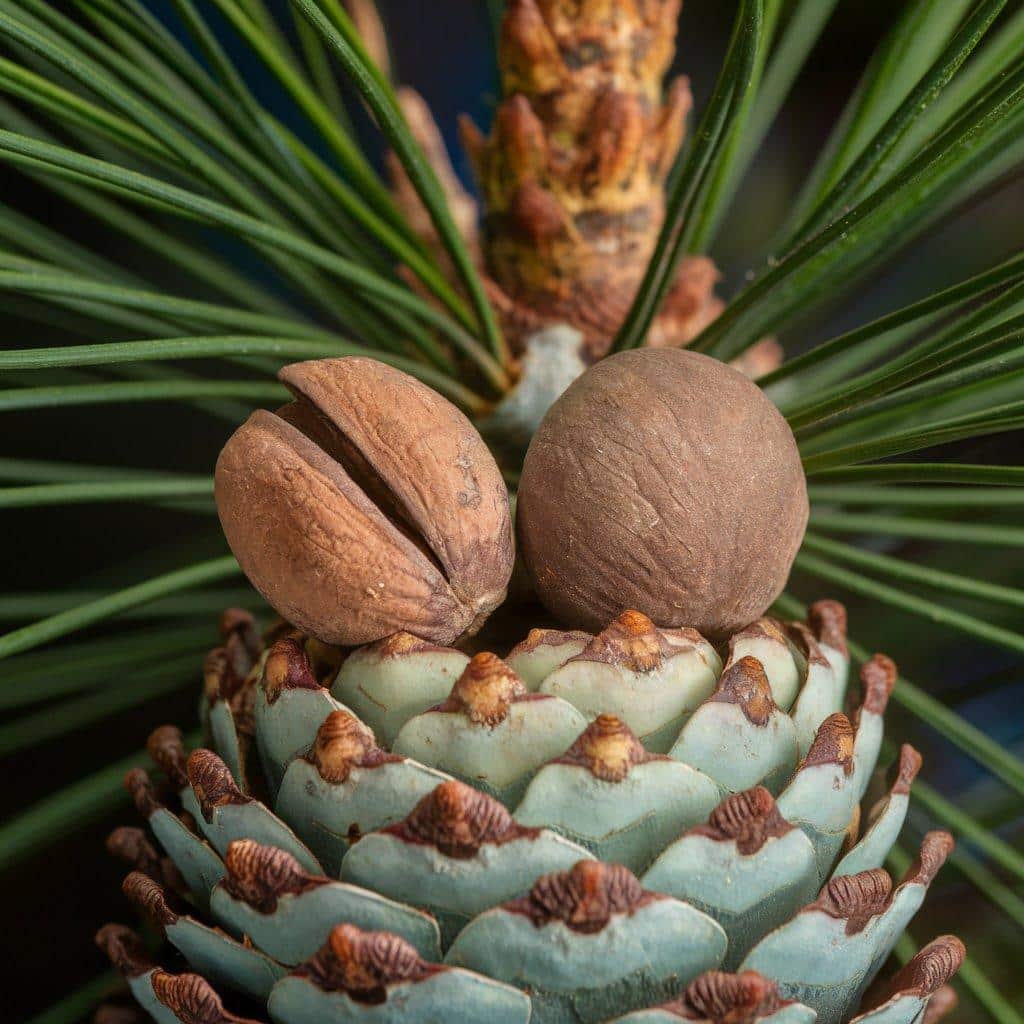
- Description: An edible nut harvested from the Norfolk Island Pine, enjoyed as a roasted snack.
- Flavor Profile: Buttery and mildly sweet when roasted.
- Origin: Norfolk Island, Australia.
18. Nigerian Star Apple
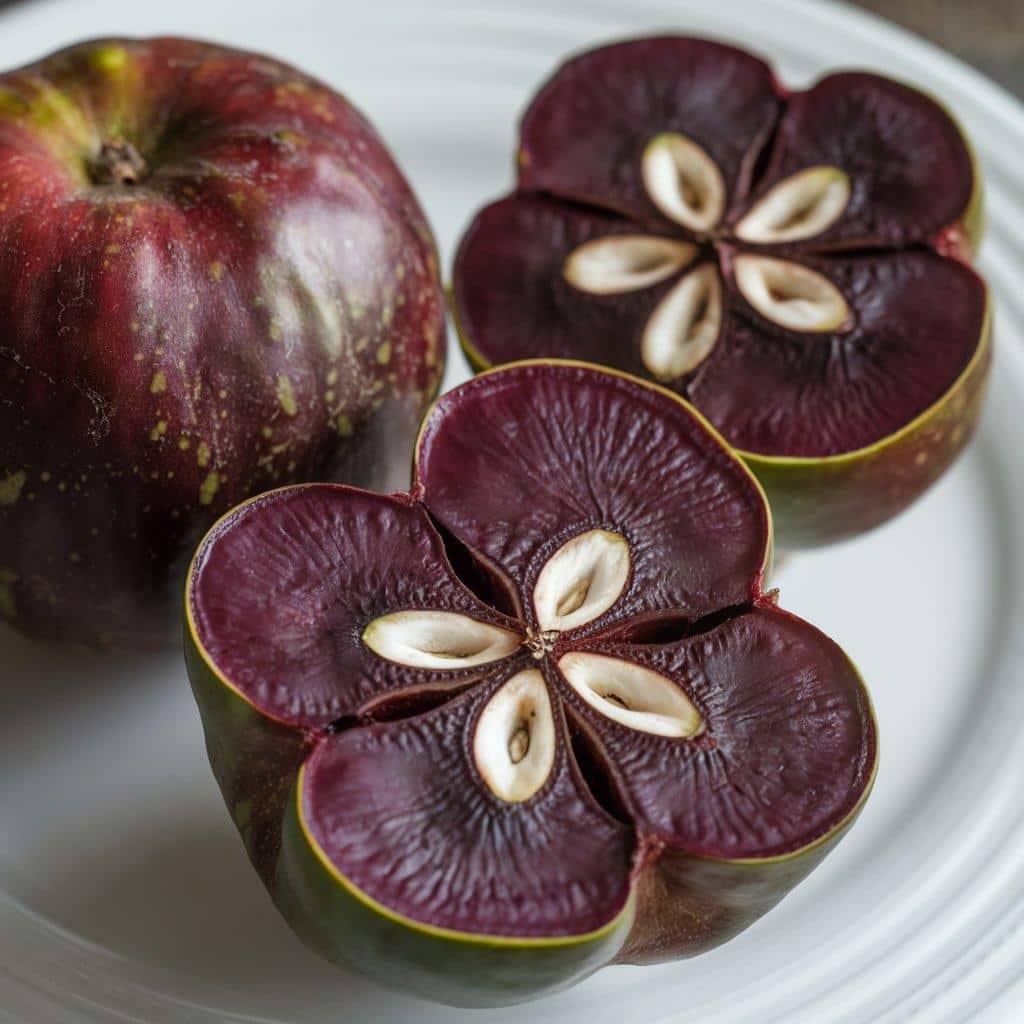
- Description: A creamy tropical fruit often eaten fresh as a snack.
- Flavor Profile: Sweet and juicy with a slightly tart aftertaste.
- Origin: West Africa, particularly Nigeria.
19. Nonda Berry
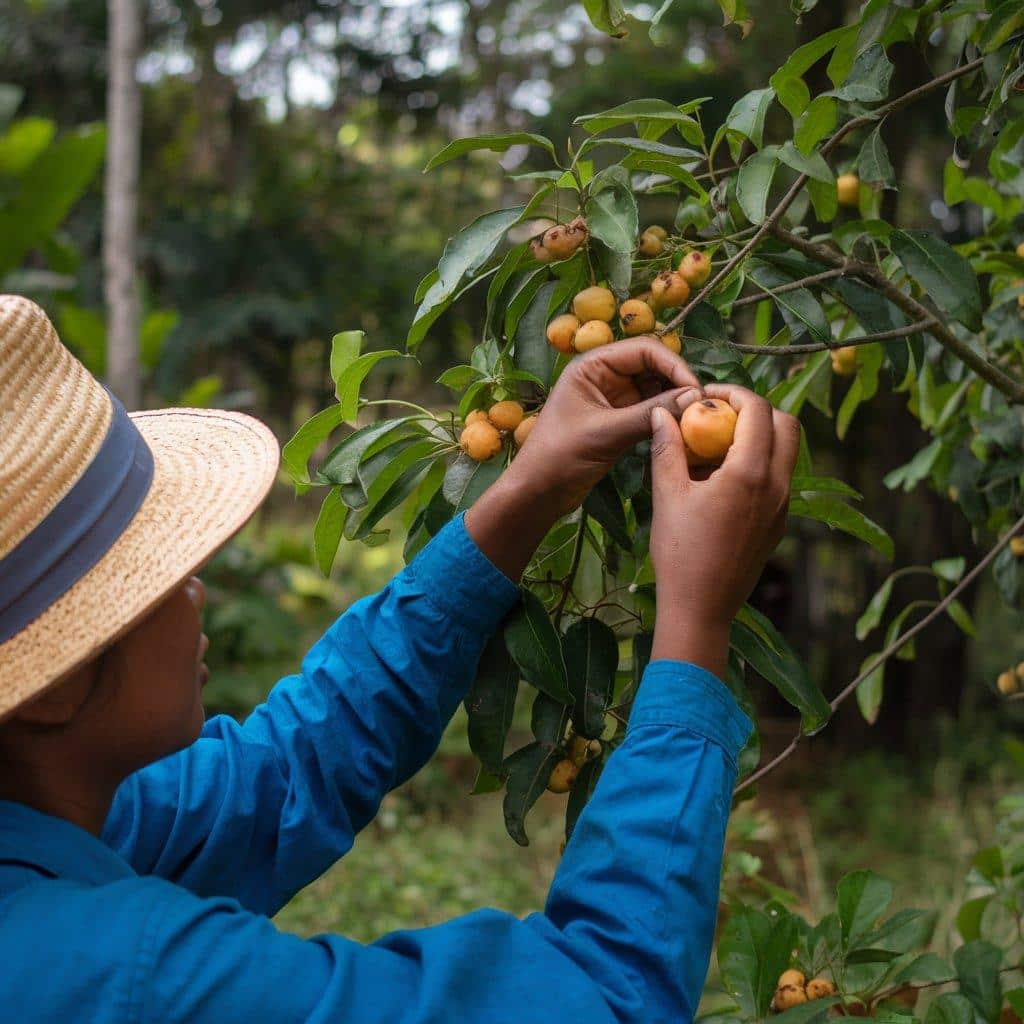
- Description: A wild fruit enjoyed for its natural tanginess, commonly consumed fresh or in traditional recipes.
- Flavor Profile: Sweet and slightly tangy.
- Origin: Northern Australia.
20. Nertera Berry
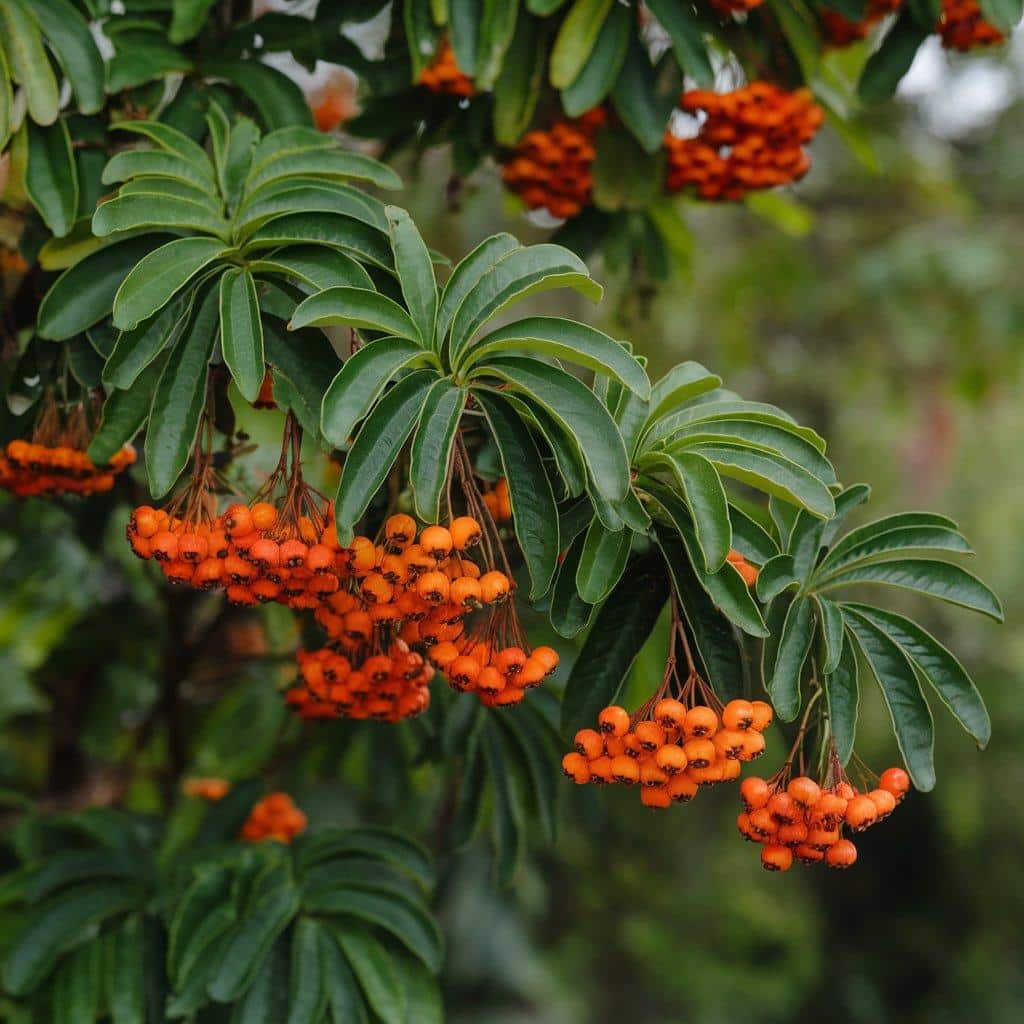
- Description: A bright, ornamental fruit that adds a subtle sweetness to dishes.
- Flavor Profile: Mildly sweet and somewhat bland.
- Origin: New Zealand and South America.
21. Nutmeg Fruit
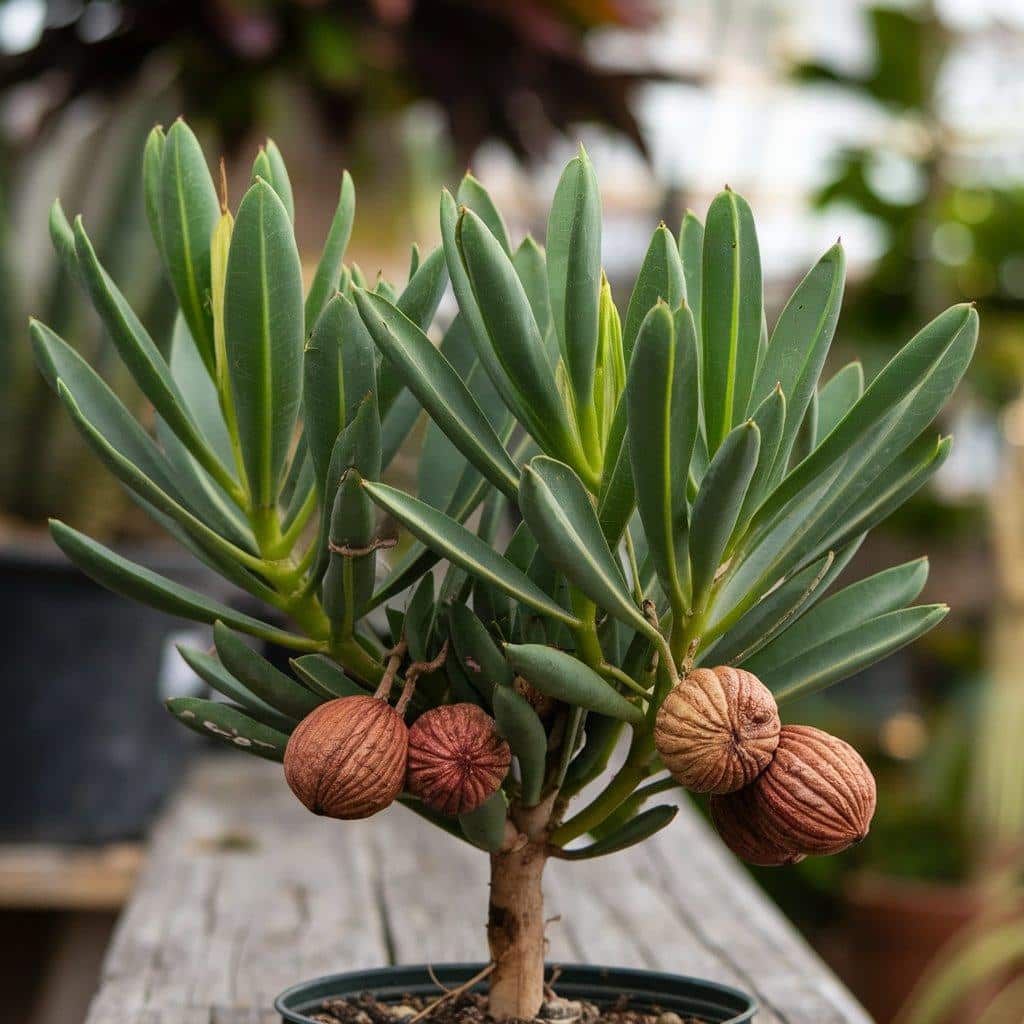
- Description: The fleshy covering of nutmeg seeds, often used in preserves and baked goods.
- Flavor Profile: Sweet with a subtle nutmeg spice note.
- Origin: Southeast Asia, particularly the Banda Islands in Indonesia.
22. Native Cranberry
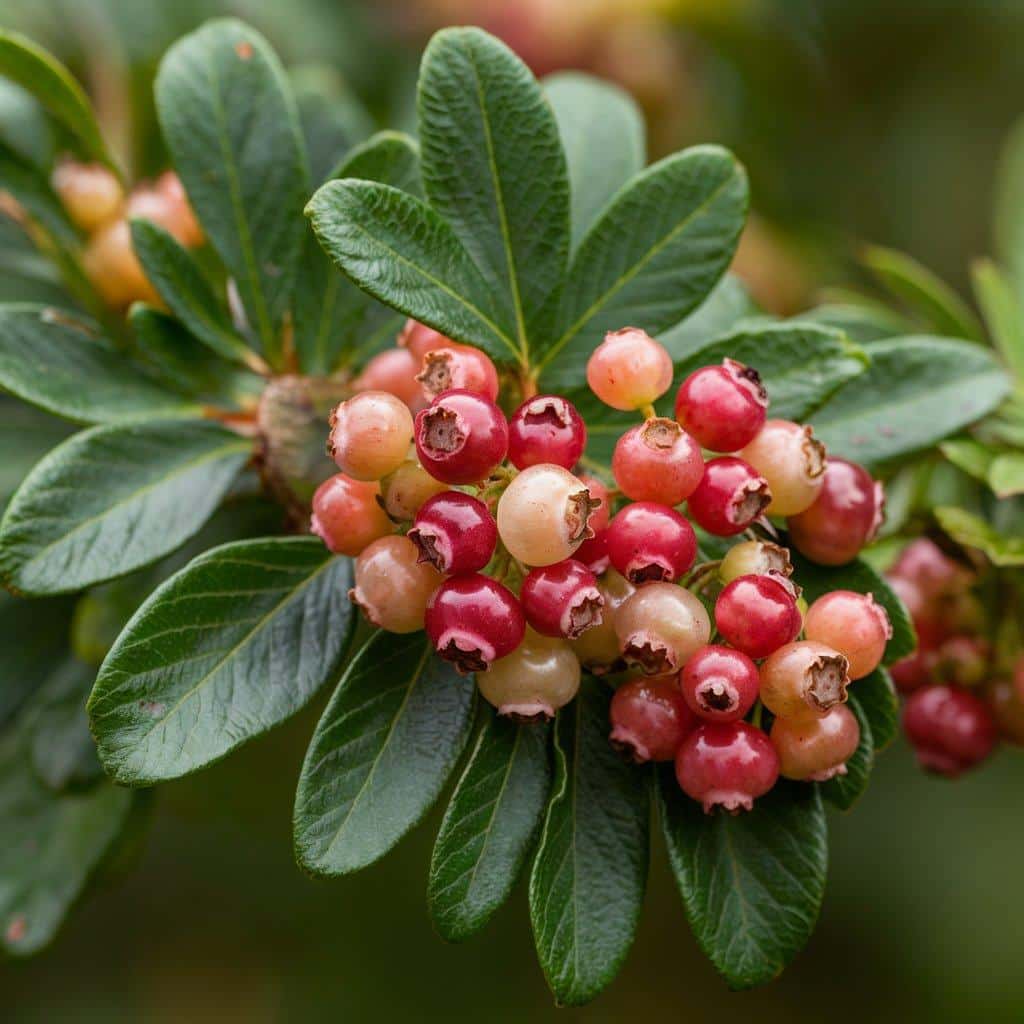
- Description: A tangy fruit used in sauces and desserts, commonly found in native Australian shrubs.
- Flavor Profile: Tart and tangy with a slightly sweet finish.
- Origin: Australia.
23. Nispero (Loquat)
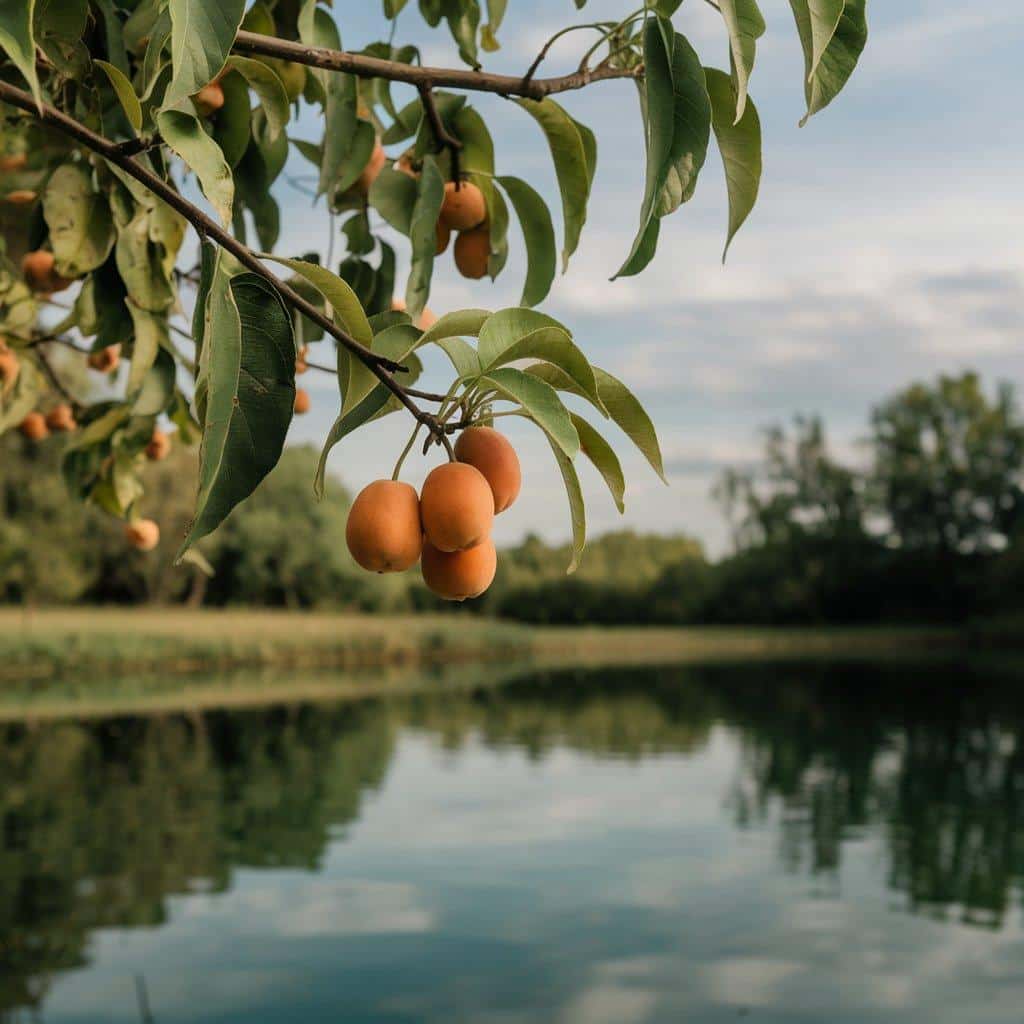
- Description: A golden fruit popular in Mediterranean and Asian cuisines, enjoyed fresh or in preserves.
- Flavor Profile: Sweet and tangy with hints of peach and citrus.
- Origin: China, later spread to the Mediterranean region.
24. Nagpur Orange
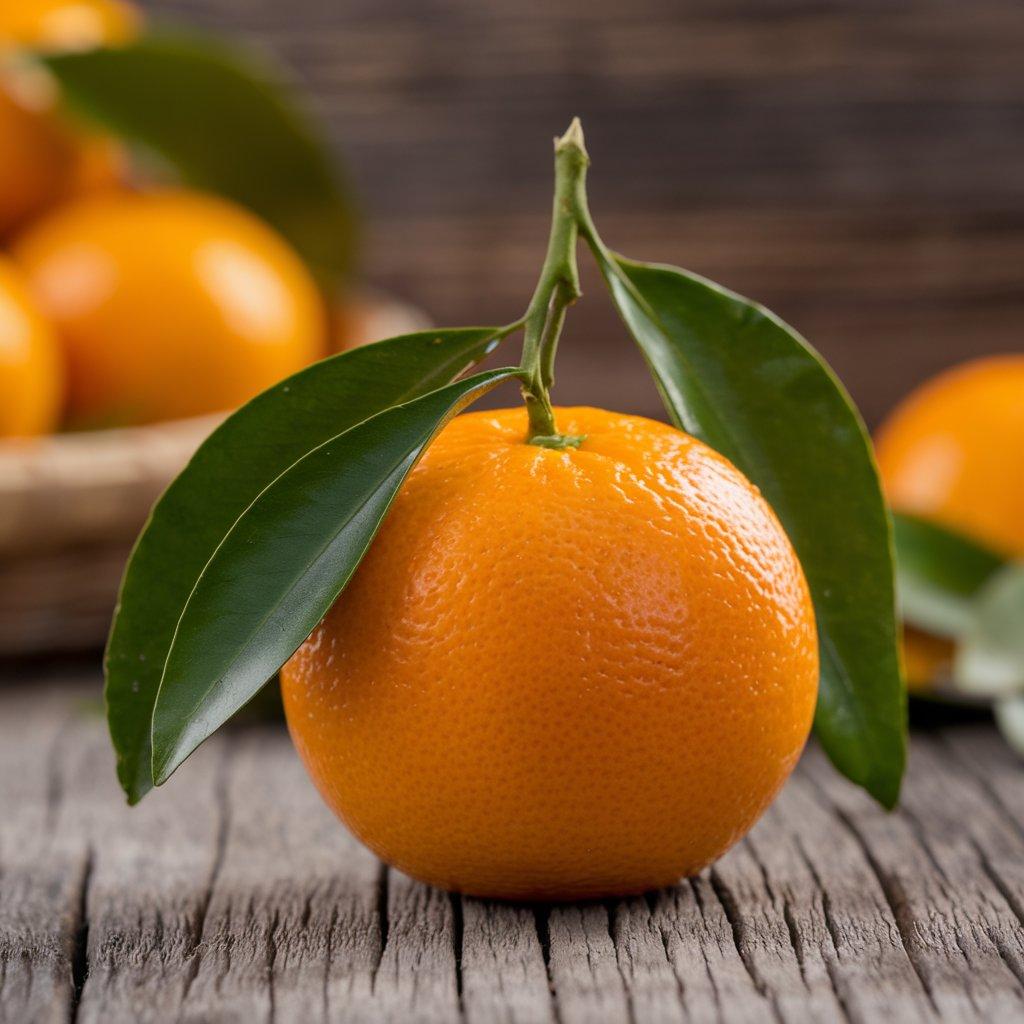
- Description: A bright and juicy citrus fruit, a staple in Indian markets.
- Flavor Profile: Juicy and sweet with a mild tangy note.
- Origin: Nagpur, India.
25. Native Quince
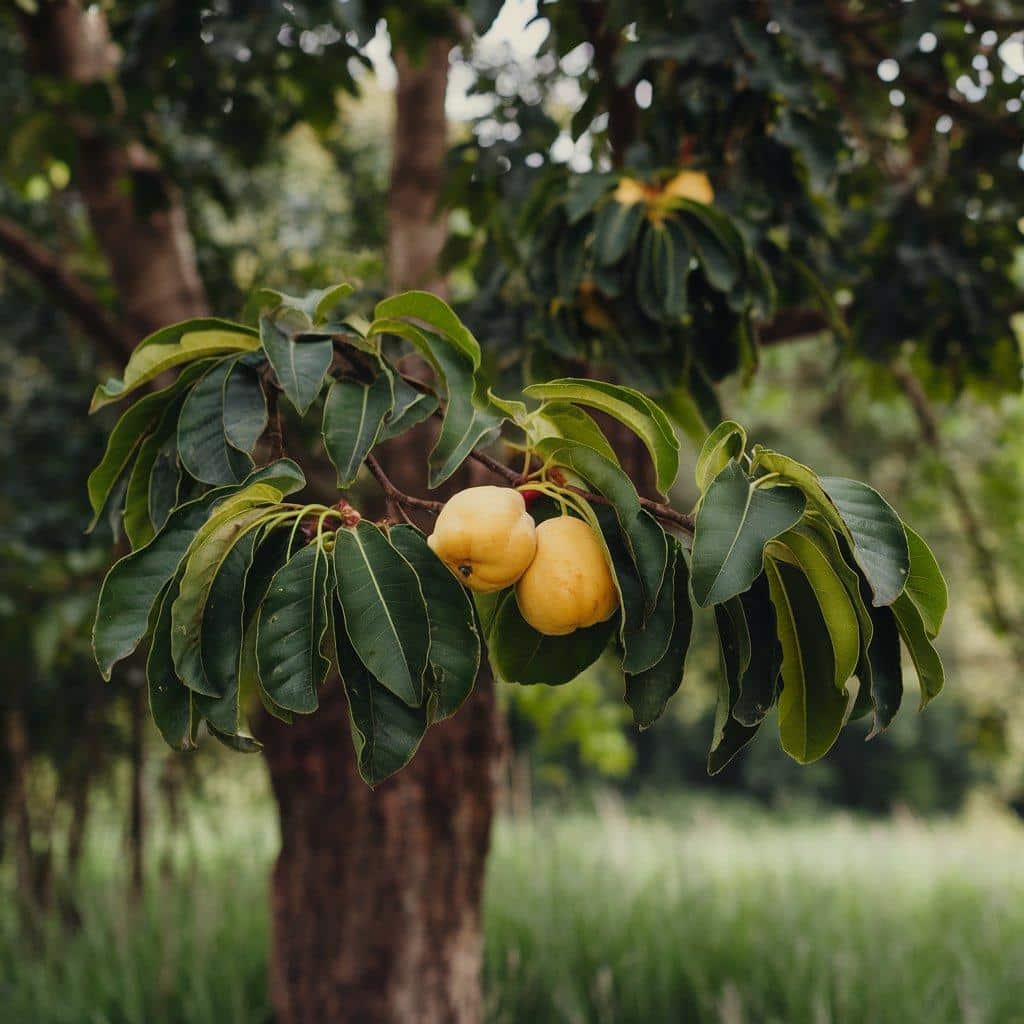
- Description: A fragrant fruit traditionally used in preserves, requiring cooking to soften its firm texture.
- Flavor Profile: Tart and aromatic, often cooked to enhance sweetness.
- Origin: Australia.
26. Naranjilla Berry
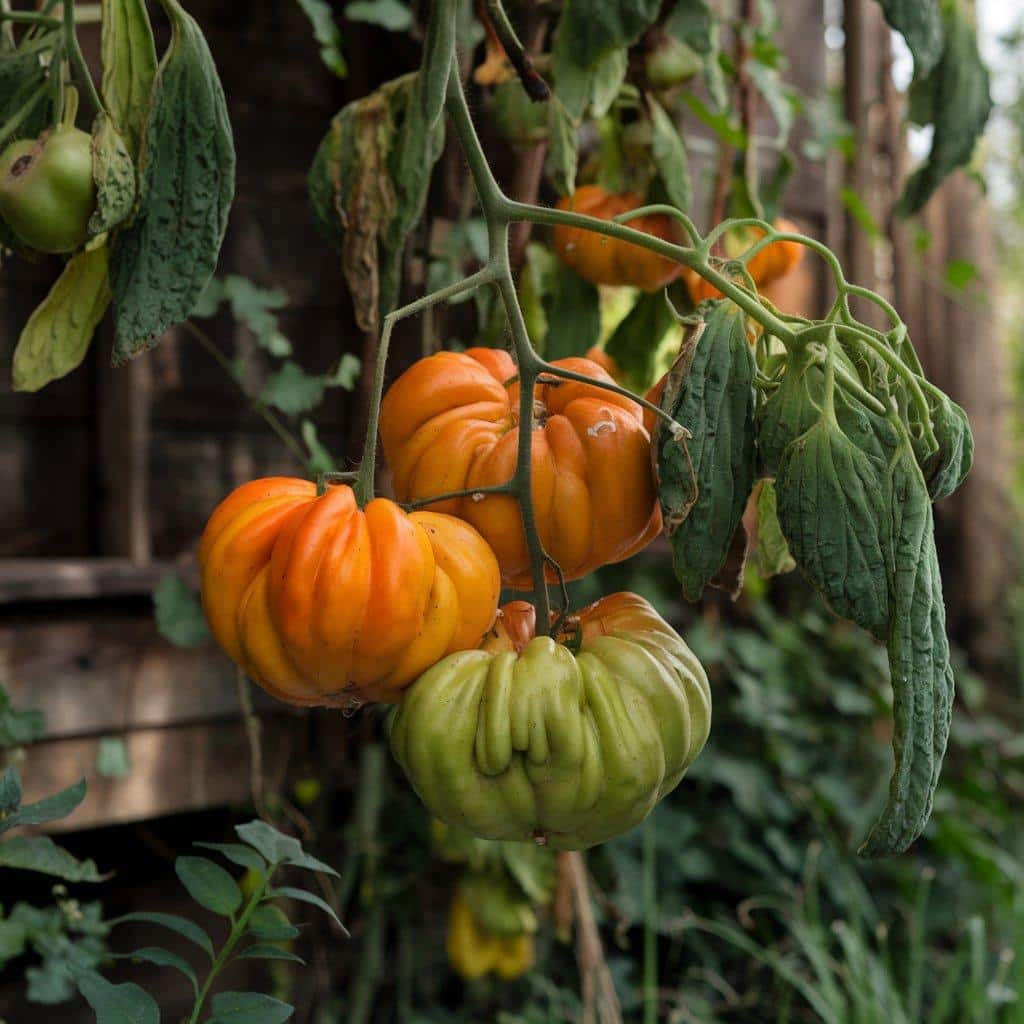
- Description: A tropical fruit often added to beverages for its vibrant color and tangy notes.
- Flavor Profile: Tart and citrusy with a tropical flair.
- Origin: Andes region in South America.
27. Namwa Banana
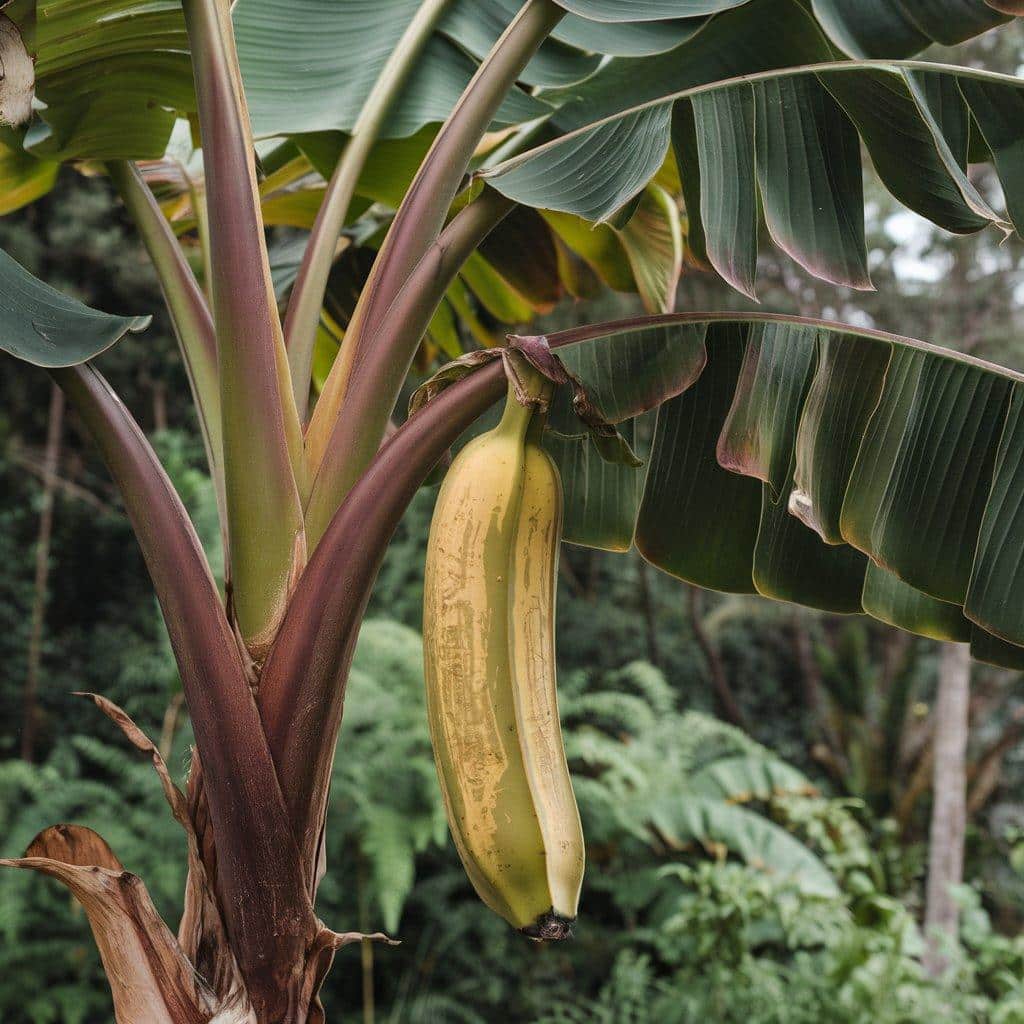
- Description: A short, sweet banana variety, ideal for tropical dishes or as a natural snack.
- Flavor Profile: Creamy, sweet, and slightly tangy.
- Origin: Thailand.
Wrapping it Up!
Who knew there were so many interesting fruits beginning with the letter N?
Each of these 27 fruits brings its unique flavors and nutritional benefits to your table.
Watch for these N-named fruits next time you visit a farmers’ market or grocery store. You might spot something new to try!
While some might be harder to find in your local area, even learning about them enriches our understanding of global food cultures.
What’s your experience with these fruits?
Have you tried any of them, or do you have a favorite? Share your thoughts in the comments below!

















